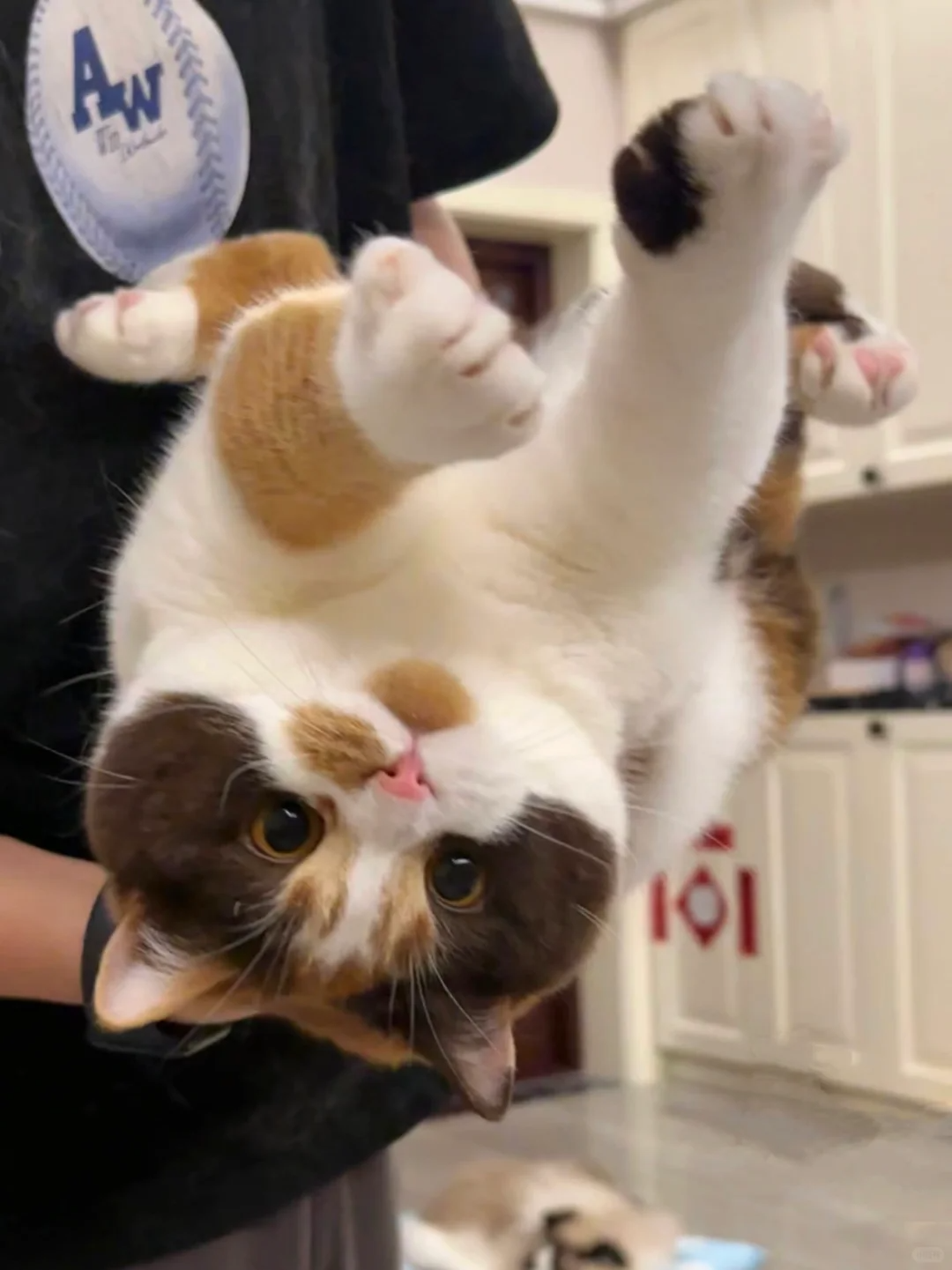 Every cat owner knows the routine. You go to the pet store or supermarket to buy a heavy bag of cat litter. We see neatly stacked shelves and diverse brands. But behind this simple transaction lies a complex and powerful engine: the cat litter distributor. This critical intermediary is the unsung hero of the pet supply industry. Indeed, they are a vital link connecting the factories that produce litter to the retailers that sell it. Understanding their role reveals a world of logistics and strategy built around one of the heaviest pet products on the market.
Every cat owner knows the routine. You go to the pet store or supermarket to buy a heavy bag of cat litter. We see neatly stacked shelves and diverse brands. But behind this simple transaction lies a complex and powerful engine: the cat litter distributor. This critical intermediary is the unsung hero of the pet supply industry. Indeed, they are a vital link connecting the factories that produce litter to the retailers that sell it. Understanding their role reveals a world of logistics and strategy built around one of the heaviest pet products on the market.
The Critical Role in the Supply Chain
A cat litter distributor acts as a central hub in a massive network. They partner with manufacturers on one end and serve a diverse range of retailers on the other. For instance, these retailers include large pet store chains, grocery stores, independent shops, and e-commerce platforms.
Their primary function is to buy products in huge quantities from manufacturers. They then sell these products in smaller, manageable amounts to retailers. This essential process is known as “breaking bulk.” A small pet store, for example, lacks the warehouse space to order a full truckload of a single litter type. Therefore, the distributor bridges this gap. They allow retailers of all sizes to access many products without taking on overwhelming inventory risk. Essentially, this core function includes warehousing, inventory management, and transportation.
The Logistical Challenge of Weight and Bulk
Distributing cat litter is a game of tonnage. It is one of the heaviest consumer goods relative to its cost. This single characteristic presents unique and demanding logistical challenges that define the business.
First, warehousing is a major consideration. Cat litter takes up a significant amount of space. A distributor’s warehouse must be optimized to store thousands of heavy pallets safely. Second, transportation costs are exceptionally high. The fuel needed to ship heavy loads directly impacts profit margins. Consequently, this requires sophisticated route planning and logistics software. The goal is to ensure every truck is fully loaded and travels the most efficient path. As a result, successful cat litter distributors are, at their heart, masters of heavy-goods logistics.
Managing a Diverse and Competitive Portfolio
The modern cat litter market is more diverse than ever, and a distributor’s portfolio must reflect this reality. They don’t just carry one or two brands. Instead, they manage a curated catalog of products to meet the needs of different retailers. This includes:
- Legacy Brands: Major, nationally recognized names that anchor sales.
- Value Brands: Inexpensive clay litters for budget-conscious shoppers.
- Prime & Niche Litters: High-performance formulas like silica gel or health-monitoring litters.
- Natural & Eco-Friendly Litters: A fast-growing category made from corn, wood, or paper.
To effectively sell this diverse range, a distributor’s sales team must be knowledgeable about the features of every product. They act as consultants to retailers, helping them choose the right products for their customers. Furthermore, they introduce new and innovative brands to the market, effectively acting as gatekeepers for what ends up on store shelves.
Building Relationships and Driving Sales
A distributor’s job is more than just moving boxes. In fact, their success depends heavily on building strong relationships. Their sales representatives are the face of the business, regularly visiting retailers to check inventory, present new products, and offer support.
This partnership involves working closely with store managers to plan promotions and secure optimal shelf placement. Additionally, the distributor’s role includes providing marketing materials from the manufacturers. Moreover, their responsibilities extend to handling returns and managing credit terms, all while providing a high level of customer service. For a retailer, a reliable distributor is more than a supplier; they are a trusted business partner who understands their challenges and is invested in their success.
Conclusion
In conclusion, the cat litter distributor is more than a simple middleman. They are a logistics powerhouse, a portfolio manager, and a sales engine. While their work happens largely behind the scenes in warehouses and on highways, yet their impact is felt every time a cat owner easily finds their preferred brand of litter at their local store. In a market defined by weight and competition, the distributor provides the essential structure that keeps the industry moving.
 Shandong Vlink Pet Products Co., Ltée
Shandong Vlink Pet Products Co., Ltée


